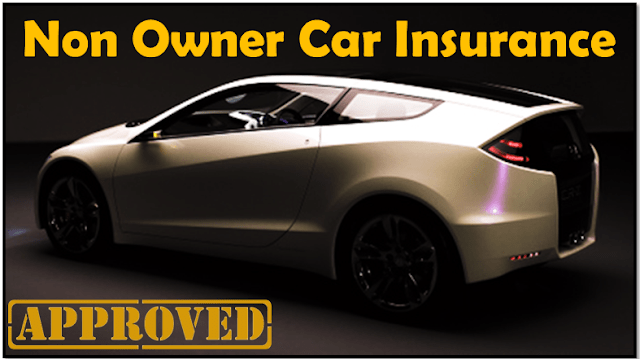3 Tips for Finding Non-Driver Car Insurance Rates
Finding the right non-driver car insurance rates can be a bit challenging, but it doesn't have to be. Start by comparing quotes from several insurance providers, as rates often vary by state. Next, you'll want to evaluate the different coverage options to guarantee you get what suits your needs. Finally, consider state regulations, which can impact your rates. Knowing these tips can help you secure the best deal, but there's more to uncover.
Key Takeaways
- Research multiple insurance providers to compare rates, as they can vary significantly by state and company.
- Focus on non-owner car insurance policies, which are typically cheaper and provide minimal liability coverage.
- Check state-specific coverage requirements to ensure compliance and avoid penalties.
- Look for available discounts specific to your state to reduce overall insurance costs.
- Maintain continuous coverage to prevent higher premiums in the future and ensure compliance with local regulations.
Research Multiple Insurance Providers

When you're looking for non-driver car insurance, it's vital to research multiple insurance providers to find the best rates and coverage options.
In Arizona, Auto-Owners offers the cheapest non-owner car insurance at an average annual rate of $120. State Farm is another competitive option, with rates around $213. GEICO and Travelers also provide non-owner policies, averaging $463 and $366 per year, respectively. Keep in mind that rates can vary greatly by state and provider, so comparing quotes is essential. Additionally, non-owner policies are generally cheaper than full coverage due to their liability-only nature. This type of insurance provides minimal liability coverage, making it a cost-effective choice for those who do not frequently drive. Non-owner auto insurance can also be beneficial for occasional drivers who may not own a vehicle but still need coverage when renting or borrowing cars.
Evaluate Coverage Options and Limits
As you evaluate non-driver car insurance, it's essential to understand the various coverage options and limits available. Typically, non-owner policies include liability coverage, which protects others in case of an accident and meets state minimum requirements.
However, extensive, collision, and rental reimbursement coverage are generally excluded. You might consider additional options like uninsured/underinsured motorist protection and personal injury protection if available in your state.
Keep in mind that non-owner policies typically exclude collision and rental reimbursement coverage, but consider options like uninsured motorist protection.
Remember, non-owner policies usually don't have deductibles, and you can adjust liability limits to impact your premiums. Factors such as your age, ZIP code, and driving history will also influence costs.
Evaluating these details guarantees you select a policy that best fits your needs and budget.
Consider State Regulations and Rates
Steering through state regulations and rates is vital for selecting the right non-driver car insurance. Every state, except New Hampshire, mandates car insurance, with varying coverage requirements. Most states require liability coverage, while some also insist on additional protections like uninsured/underinsured motorist coverage or personal injury protection.
You should be aware that minimum coverage limits differ notably from state to state, impacting your rates. Non-owner policies are available to meet these state requirements, and maintaining continuous coverage is essential to avoid higher future premiums.
Also, explore any state-specific discounts, as they can help reduce your insurance costs. Finally, verify that your chosen policy complies with all local regulations to avoid penalties.
Conclusion
By comparing quotes from various providers, you'll uncover the best rates for non-driver car insurance. Remember, it's not just about the price; evaluating coverage options guarantees you're adequately protected without breaking the bank. Don't forget to keep an eye on state regulations and potential discounts. With these tips in your toolkit, you'll navigate the insurance landscape like a pro, securing the right coverage at a price that fits your budget perfectly.
